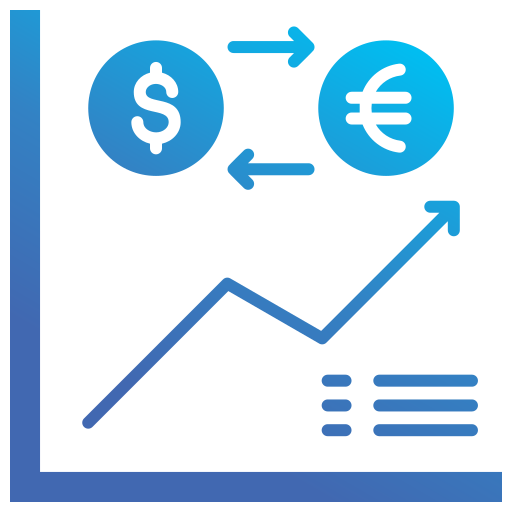Risk Management in Trading: Protecting Your Capital for Sustainable Progress
Risk management is often what separates an amateur trader from a professional.
No matter how solid your strategy is, without disciplined risk control, you’re exposing yourself to losses that can quickly wipe out your capital in just a few trades.
The objective is simple: preserve your capital, manage risk intelligently, and stay in the markets, all while growing your account gradually over time.
Position sizing: stay measured on every trade
A core principle of money management is to risk only a small percentage of your capital per trade — typically between 1% and 2%.
For example, if you have €10,000 in capital, you should risk no more than €100 to €200 per trade.
This approach protects you from significant losses on a single bad trade and allows you to stay in the game for the long term.
Risk/reward ratio: always aim for more than you risk
Each trade should target a profit that outweighs the potential loss. A minimum risk/reward ratio of 1:2 means you’re aiming to make at least twice as much as you’re willing to lose. This kind of ratio allows you to be profitable even with a win rate below 50%, which is both realistic and sustainable.
Win rate isn’t everything
A trader can still be profitable with only 40–50% of winning trades — provided the average wins are larger than the average losses. So it's not about how often you win, but about how well you manage the balance between risk and reward.
Leverage: use it with caution
Leverage can multiply your profits — but it also multiplies your losses. If used irresponsibly, it can drain your capital very quickly. It’s essential to use leverage that suits your experience level, account size, and personal risk tolerance.

Trading journal and psychology: stay in control
Keeping a trading journal is crucial for tracking your decisions, reviewing your results, and learning from your mistakes.
It helps you recognize emotional patterns — such as fear, overconfidence, or greed — that can interfere with your decision-making and damage your consistency.
Emotional discipline is a key component of effective risk management.

Handling losses and drawdowns: know when to pause
Losing periods are an inevitable part of trading. What matters is your ability to manage them. Set a maximum drawdown threshold — for example, 10% of your account. Once you hit it, take a break, reassess your strategy, and return with a clearer mindset. This helps you protect your capital and avoid emotional decision-making during tough times.

Why risk management is essential
Without proper risk control, even the most advanced technical strategy is useless. Money management is the discipline that allows you to survive difficult periods, learn from setbacks, and gradually build lasting capital. It’s a source of stability, confidence, and long-term resilience — and it makes all the difference in your trading journey.
In practice: key rules to apply
Keep your risk per trade fixed, ideally between 1% and 2% of your capital
Always aim for a risk/reward ratio of at least 1:2
Use stop-loss orders systematically
Maintain a detailed, consistent trading journal
Use leverage with extreme caution
Limit the number of open trades at the same time
Set a maximum drawdown limit and respect your break periods when it’s reached
Conclusion
Applying these money management principles with consistency provides the strong foundation you need to handle market uncertainty, protect your capital, and develop a professional approach to trading.
Long-term success in trading depends as much on risk management as it does on technical or fundamental analysis.
Ultimately, it’s your ability to manage risk that allows you to stay in the game — and win over time.

